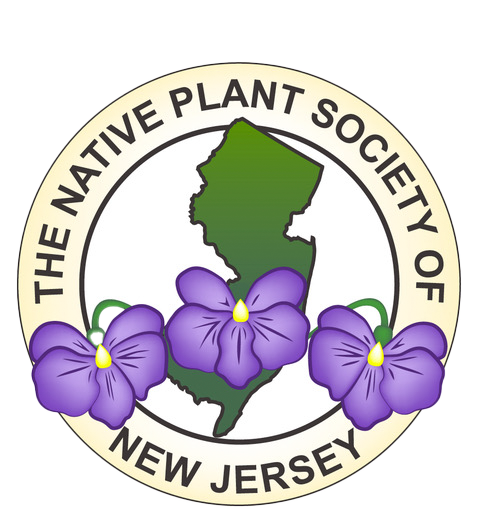By William Young
The pond edge is a narrow band that, with proper planning, can be quite valuable to a land manager. It can filter excess nutrients entering the aquatic zone (Best Management Practices), protect the shorelines from scour and wave action, provide wildlife habitat, and additionally, on a golf course, provide challenge and interest to the golfer. At Charleston Springs Golf Course, the project ecologist, Ken Thoman, collaborated with the golf course architect to integrate american bittern (Botaurus lentiginosus), shollenberger park, petaluma, ca, photo © norris ‘bob’ dyer conservation practices into the course. Roughs are seeded to native grasses and forbs. Ponds are integrated into the course, with bulrushes marking the hazard. This became a “signature” on each of the four ponds on the course. Ken divided the pond edge into four zones; the plants are designed for bands of pond fringe, shallow (0-6″ deep), middle (6″-12′ deep) and deeper (12″-24″) ‘shelves’. The upper shelves are adapted to occasional flooding, whereas the lower shelf species are constantly inundated.
The shallow shelf consisted of species like Blueflag Iris, Sweetflag (Acorus spp.), and common three square (Scirpus americanus), which prefer, or can tolerate, a range of conditions in between saturated and flooded. Three of the ponds provide irrigation for the course in a unique system that circulates water in an open loop. Fertigation is used to deliver turf fertilizers in the minimum dosage necessary in liquid form via irrigation. The ponds, being at low points, collect storm water runoff from the 36-hole course, and the pond fringe, expanded to up to ten feet by a “no mow” zone, acts as a biofilter to treat runoff before it enters the pond. Most of this filtration is in the root zone through absorption, but microbes, fungi and bacteria further strip and breakdown nutrients.
The lower shelf species do the polishing and add dissolved oxygen to the water column—Pontederia, Sagittaria, Peltandra, Saururus, and Scirpus species. They help to shade and cool the water, and are great fish habitat. The design advantages of creating an aquatic system called for plants in clumps and gaps around each pond, and band was undulated and intermixed frequently, allowing nature to favor the best-adapted species. The littoral shelf (aquatic band receiving sunlight) width varied with the pond slope, from three to over twenty feet, with the wider band having a greater water quality effect. This made for a more naturalistic and diverse design. In less than two weeks after planting and seeding, the algae blooms were gone and wildlife rapidly began colonizing the ponds.
